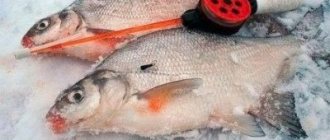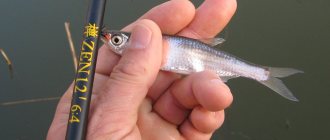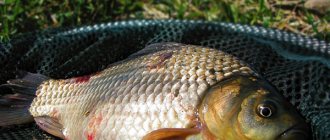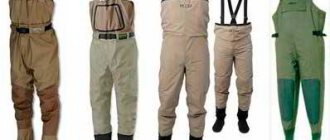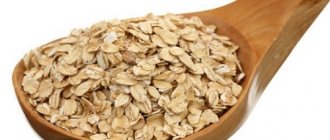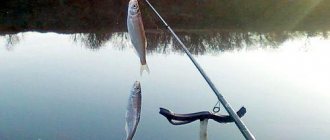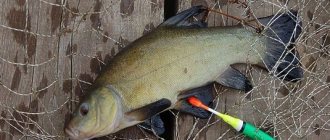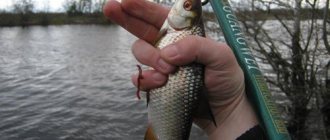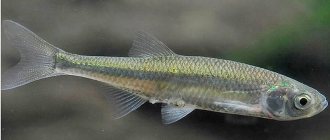☸ Correct setting of float tackle
It is better to mount and check the equipment at home, since changing a weight, jig or float in the cold is not very comfortable. To do this, just find a suitable container and fill it with water. Regardless of whether a sinker with a hook or a jig is used, when loading a winter float fishing rod, it is advisable to use a sub-weight - a second weight located on the fishing line closer to the hook. Thanks to this element, the tackle will become more balanced and delicate, which is important for winter fishing. The standard distance between the hook and the hook is 5 cm, the main weight is installed half a meter higher. A properly loaded float will sink into the water very slowly. In the hole, the signaling device is located a centimeter or two from the surface, where it is clearly visible, but it does not freeze into the ice. This is only possible if the total mass of the sinkers exceeds the carrying capacity of the float by no less than 0.1 g.
When fishing in bodies of water without a current (lake, bay), you can use a jig. If the depth is insignificant, then it does not need additional loading. It’s another matter when there is more than 3 meters under the ice. In this case, a pellet is installed above the jig at a height of 5 cm.
How to equip a winter fishing rod for roach fishing
A winter float rod for roach is usually used in reservoirs with a complete absence of current. This tackle is effective and allows you to catch both active and passive fish.
Choosing a fishing rod
When ice fishing with a float, experienced winter fishermen prefer to use models called “filly”. Fillies have a number of advantages:
- reliability;
- ease of use;
- minimum weight.
The body of the fishing rod is made of hard foam, resistant to mechanical damage. The flexible plastic whip is reliable and dampens the first jerk of the fish after hooking.

☸ Equipment for deep water fishing
During the cold period, most fish live at the very bottom, but some species can rise higher. For fishing at a certain distance above the bottom surface, a rig in which a sinker is installed at the end of the main line, and a leash with a hook above it, is suitable. In this case, the leash is sliding; if the object of fishing does not respond to one horizon, it can be raised or, conversely, lowered. And so that it does not fall spontaneously, and there is an opportunity to make a hook, a small pellet is fixed under it on the fishing line.
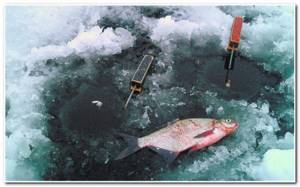
☸ Varieties of winter floats
The winter float differs from its summer counterparts not only in size, but also in shape. For example, in winter no one fishes with a straight, long bite alarm. Usually this is a teardrop-shaped model, a barrel, a small cone, a cigar or a so-called compound (a float of two or three parts connected to each other using metal rings).
Taking into account the design features, floats for ice fishing can be divided into:
- quick-release – fastened to the fishing line using a special fastener that moves freely along the fishing line;
- permanent - the fishing line in them passes through the internal channel, so if there is a need to replace the alarm, you will have to tear it;
- with a slot - the simplest mounting option; you can replace the float within a few seconds;
- with a removable antenna - most often used for catching those fish that bite on the rise.
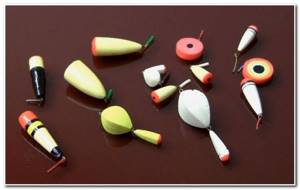
As you can see, floaters have quite a wide choice. It allows you to choose the best option for fishing in different conditions: at great depths, in currents, and so on.
☸ Weight and hook
The choice of these elements must be approached responsibly, because the fishing result will largely depend on the weight of the sinker and the size of the hook. For fishing in a standing reservoir, miniature weights of minimal weight are suitable, while in a decent current you will need something heavier. An equally important characteristic is the size of the hooks, which are selected depending on the bait used.
The recommendations here are as follows:
- for fishing with bloodworms – No2-3;
- for maggots, worms, bread crumb - No. 4-6;
- for pieces of meat and live bait - No. 7-10 (necessarily with a long fore-end).
In addition, the hook should be elastic, bend slightly when pressed, but not break. It is also important to pay attention to the sharpness of its sting. When installing the equipment, a well-sharpened hook clings to the skin of your hands.
☸ Fishing with a float on a rocker
The rocker is a structure consisting of a wire frame and two leashes with hooks equidistant from the center. For fishing in strong currents, it is advisable to use additional weights to keep the equipment in one place. In still water this is not necessary, since the rocker itself has a certain weight. The length of this device is selected taking into account the specific type of fishing, but it should not exceed the diameter of the hole.
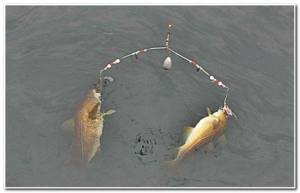
With a nod and a jig
As a bite alarm for ice fishing, many people prefer to use a nod instead of miniature floats. This is a convenient choice for fishing with a retrieve at different depths from a boat or from ice, in still water or in current conditions. It makes it possible to clearly record the bite signal with a variety of wiring techniques and playing with a jig. This method is used to catch white fish - ruff, pike, perch, bream, silver bream and roach. There are several types of fishing rods suitable for winter fishing.
READ bad weather, the key to great fishing
Did you know? Residents of Africa use a shovel as a tackle to dig out the protoptera from the silt, where this fish buries itself during periods of drought.
The most popular among fishermen are:
- "Filly", whose design does without moving elements. Previously, it was placed on legs next to the hole, which is why it got its name. Today it is used without legs. It doesn’t even have a reel: the fishing line is wound around a handle with special grooves. The low weight of the fishing rod increases sensitivity to bites, but the lack of a reel makes this model less comfortable to use.
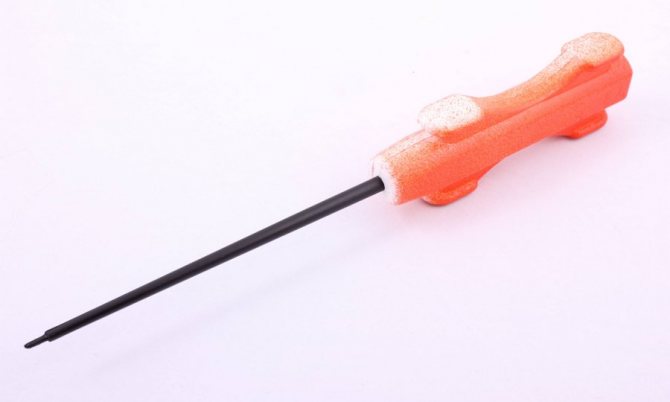
- "Classic", i.e., a version of a classic rod suitable for jig fishing. It is a handle where the reel and whip are secured. This design requires a special stand in the form of legs for easy placement near the hole. This rod is easy to maintain and suitable for catching sleepy fish, but the increased weight may affect the ease of action of the bait.
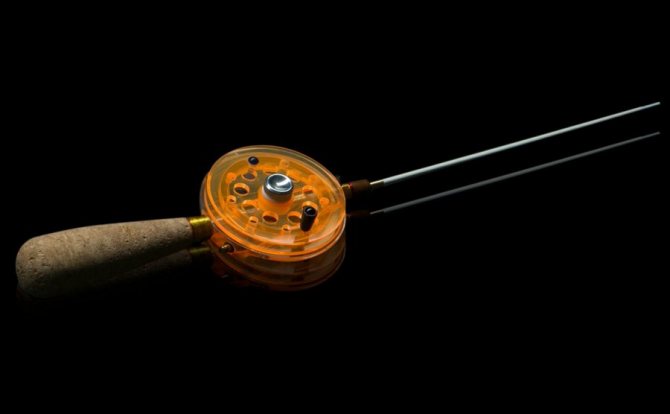
- "Balalaika", which remains the most sought after species among fishermen. It is this type of jig that is intended for winter use, although many note that its drop-shaped shape makes it difficult to use the rod in fur mittens. This is an inexpensive, but lightweight and convenient model with the ability to freely play with bait. It is suitable for hooking at various depths and is indispensable for detecting fish across the entire surface of the reservoir. The coil is built directly into the handle body. This shift of the weight to the rear of the tackle makes it much easier to play with a jig.
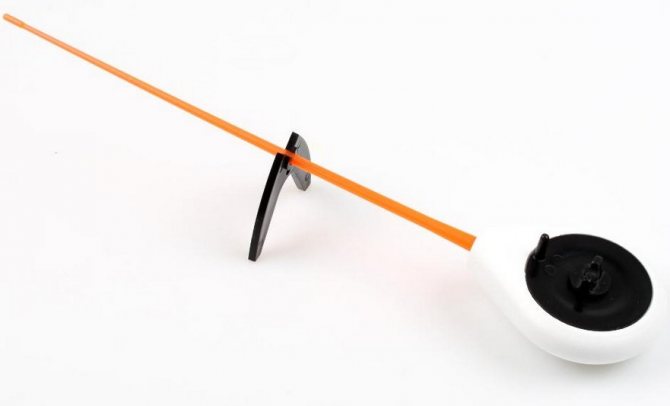
Selection of equipment
If you are equipping a fishing rod for the first time, follow the advice of experienced fishermen and pay attention to every significant detail in the design of a winter tool:
- Fishing rod. From a huge variety of winter options, choose a short, durable, light weight and simple design without the presence of metal parts. The material from which the fishing rod is made must be frost-resistant, unbreakable and unsinkable, because you may need to throw it on ice or into a puddle while hooking. Try how comfortable a cork, foam or plastic handle fits in your hand. Try on the rod with your hand, either with or without a mitten protected from the cold - the low activity of the fish in winter requires special sensitivity. The simplicity of the design allows for immediate maintenance in cold conditions. It is advisable to choose bright colors of the balalaika. Red, orange or blue colors will allow you to see them from everywhere in the snow and not forget them when packing for home. For large fish you will need a fishing rod with increased strength, and for small fish - a very light one with a soft whip.
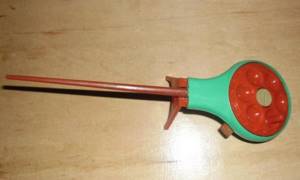
- Whip. Usually supplied with a fishing rod, several pieces of different colors and sizes. It controls the amplitude of the nod's swing and serves as a shock absorber for the fishing rod, so it should be soft and springy. A length of 4–5 cm provides for fishing for perch and rapid swinging, which causes the fish to pounce on it predatorily. The roach will react to the calm play of the bait with greater amplitude. To do this, the length of the stiffer whip will be 7–10 cm. Make sure that under the weight of the jig it deviates no more than 30° from the horizontal, while simultaneously bending at the base of the mount. The length of the whip for bream is 10–13 cm and provides greater rigidity.
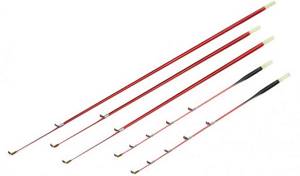
- Coil or reel. Necessary for adjusting the length of the fishing line to avoid tangles and breaks. When choosing a reel, pay attention to how well it rotates and locks securely, and whether it can prevent the line from spontaneously coming off. Its body must withstand impacts on ice, so make sure that the material is waterproof and frost-resistant. Be careful when using the spool: the closed type does not allow water, snow and ice to get inside and freeze.
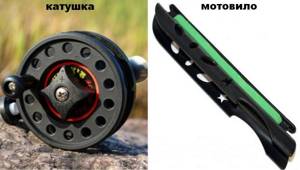
☸ Most often bream, crucian carp and carp are caught on the yoke
⚓ Bream
Catching bream on a yoke is not so easy, although this method is considered one of the most effective. Success is possible only with the right choice of bait and fishing location. The main bait is bloodworms; large specimens can be used for maggots, worms, dough and some other plant baits. As for promising points, at the very beginning of the season and on the last ice, you need to look for this fish at depths of up to 3-4 meters, paying special attention to underwater edges, exits from holes and places of confluence of smaller water arteries (canals, streams and others). In mid-winter, bream moves to depths of up to 10 meters. When biting, he lifts one of the hooks of the rocker arm, as a result of which the float begins to float up and its antenna begins to tilt to the side. At this moment you need to make a cut.
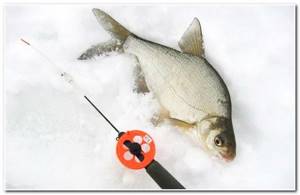
⚓ Crucian carp
Some anglers improve the beam for catching silver beauty by adding a couple more hooks to the main line. This makes it possible to experiment with different attachments. You can simultaneously try bloodworms, worms, maggots and, for example, pearl barley. After the first specimens are caught, it becomes clear what to fish for next. Surprisingly, lethargic winter crucian carp responds well to bait. You can make it yourself or purchase a ready-made mixture in the store intended for fishing in cold water. During thaws, crucian carp are active throughout the day; sometimes night fishing is much more effective than daytime fishing.
⚓ Carp
Previously, it was believed that this lump slept soundly in winter, but accidental captures made winter fishermen think about targeted ice fishing. The main thing is to choose the right time. In cold weather, you don’t even have to try to catch carp, but at zero air temperatures and above, they slowly begin to feed. In the winter season, large baits are not interesting to the target, he is not able to digest them, so boilies are not suitable for such fishing. It is better to offer him a bunch of bloodworms.
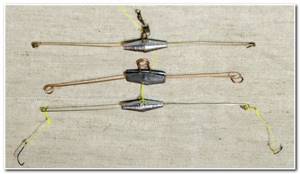
Technique for catching roach in winter using a float
Correct installation of a winter float fishing rod on a sorog affects the results of fishing. However, for successful fishing it is worth talking about the intricacies of the technique of ice fishing for roach.
How to choose a fishing spot

Look for depressions and snags in the pond
Arriving at a pond, the angler must immediately find a fishing spot. At the very beginning of freeze-up, schools of roach and roach feed at a depth of about 2.5 meters. At this time they are looking for fish:
- in coastal pools;
- in shallow local pits;
- in snarled areas of the reservoir.


